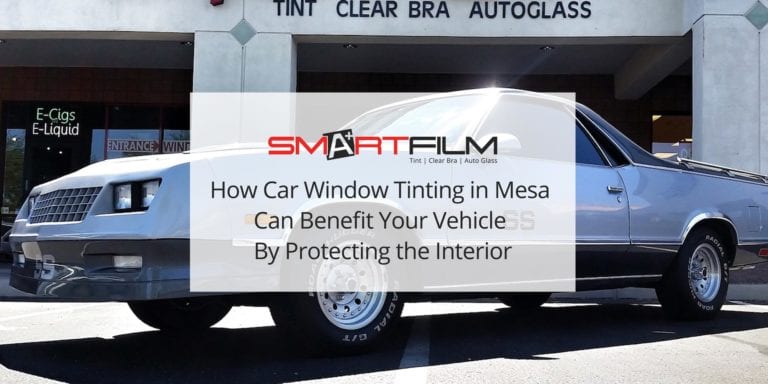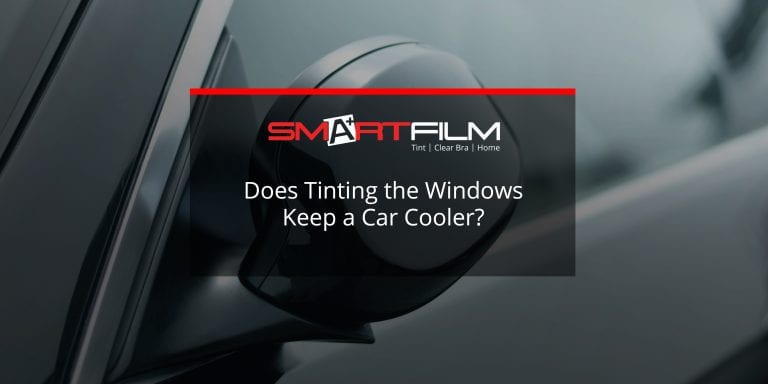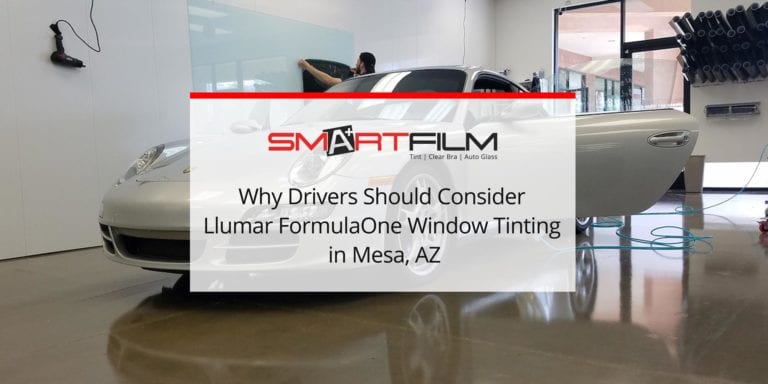Can You Tint Your Windshield? A Guide to Finding AS-1 Line On Windshield

Defining The AS-1 line on Windshield
Where is the AS-1 Line on a windshield?
There are different window tinting laws for automotive tinting on Arizona vehicles depending on which window you’re hoping to get tinted. We will explain this in further detail.
Can you tint your windshield?

Yes, you can definitely get a windshield tint, but be aware of the regulations in Arizona.
Can I tint past the AS1 Line?
Frankly speaking, there is no tint in today’s market that’s allowed to be installed below the front windows’ AS1 line. Almost all states in the US have regulations around the legal visible light your windshield’s tint allows, while some don’t allow any kind of tint on the front windows at all.
So, to make sure that you’re not breaking any window tinting laws, you need to gain a precise understanding of your locality’s regulations.
Can I tint my back windshield?
Yes, you can definitely tint your rear window, but once again, be aware of Arizona regulations.
The window tinting rules for the side windows, rear windows, and back portion of your vehicle are slightly laxer. If you are wondering if you can legally get rear tinted windows, reflective window tint is allowed, provided they are within the 5% to 35% visible light range and meet requirements as per state window tinting laws. Some states have a required VLT or Visible Light Transmission percentage that their citizens need to follow.
Some of the requirements for window tint in your windshield include such as being absent of smudges and bubbles and being a color other than amber or red. Dual side mirrors are also required for vehicles with rear window tint. Keeping your automotive and window tint in compliance with Arizona state law is easy when you have it installed professionally. We’ve written an extensive article about these window tinting laws. For more information, visit our page that talks about Arizona window tinting laws.
Before you do anything drastic to your car windows, make it habit to read on the latest tint laws of your state!
Can you tint cracked windows?
Yes, it’s still possible to get cracked windshields tinted – but it’s generally NOT a good idea.
Cracked windshields and side windows are a safety concern. How dangerous is a cracked windshield? It’s very dangerous, to say the least. Find a service that would replace the glass first before you get it tinted. Once you’ve done that, you’re free to tint your windows.
Which states allow windshield tint?
 For the states of Alabama, Georgia, Massachusetts, New Hampshire, New York, Oregon and Washington allows tinting the uppermost six inches of the windshield provided that it follows the state’s respective VLT, visible light and reflectivity percentages.
For the states of Alabama, Georgia, Massachusetts, New Hampshire, New York, Oregon and Washington allows tinting the uppermost six inches of the windshield provided that it follows the state’s respective VLT, visible light and reflectivity percentages.
On the other hand, the states of Alaska, Maryland, and West Virginia allow tinting on the top five inches of the windshield provided that the film’s VLT and reflectivity percentages are compliant with their rules. Arizona and the states of Idaho, Iowa, Kansas, Louisiana, Mississippi, Missouri, Montana, Nebraska, North Carolina, Rhode Island, South Carolina, South Dakota, Tennessee, Utah, Vermont, Virginia, as well as Wisconsin, allow tinting up to the top of the vehicle’s manufacturer’s assigned line.
Minnesota and Pennsylvania don’t allow tinting on windshields while New Mexico, Texas, Oklahoma, Washington DC and Wyoming allow tinting 5 inches of the windshields or from the top of the said line whichever one comes first. Connecticut, Delaware and Florida allow non-reflective tinting above the line while the remaining states, Arkansas, California, Colorado, Hawaii and Maine, allows tinted windshields within their respective restrictions.
Other Regulations
Tinting your side windows is generally allowed in all states so long as it follows your state’s legal light transmission percentage or VLT.
VLT percentages or Visual Light Transmittance measures the amount of visible light that passes through your windows and into your vehicle. Lighter films allow 70% light transmission, medium tint gets about 20% light transmission and lastly, “limo tints” or super-dark films only allow 5% light transmission. Depending on your local tinting laws, legally compliant percentages vary. Furthermore, these ratings could change depending on the location of the tint.
Now, in almost all situations, no tint is allowed to be used beneath the front windshield’s line. What’s your line? Check the edge of your windshield and about 5-6 inches from it, you should find a hash mark on it. Remind yourself of the general rule of not going over your line and you should be good to go!
Ultimately, it’s best that you first check out your local tinting regulations or better yet, consult an expert on the matter!
Is dark tint illegal?
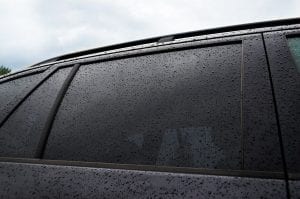 Yes. Dark black tints on either front side or side windows are considered illegal because of the danger it creates when driving.
Yes. Dark black tints on either front side or side windows are considered illegal because of the danger it creates when driving.
With less VLT percentage, it can easily affect the driver’s visibility during the day and at night. Not to mention that it also creates other security problems for law enforcement whenever they pull over vehicles.
How do you know what percentage your window tint is?
Maybe you already have a window tint installed, but you’re unsure whether it complies to your state’s legal tinting laws? You can have your VLT percentage checked in a tint shop near you!
Professional installers can easily tell what percentage your tint has just by looking at them and if not, they can use the similar device law enforcement uses to get a reading of your side windows.
The device uses a laser to see just how much light can pass through the tint of your side windows. And if your tint happens to not be on the legal side of things, it’s best that you proceed with a window tint removal and have it replaced! Like we’ve mentioned earlier, illegal tints can lead to a hefty fine, so it’s best that we prevent this from happening as early as now.
Will you get pulled over when you have illegal tinting?
It depends, really. Like we’ve mentioned earlier law enforcement have devices they can use to check the Visible Light Transmission (VLT) percentage of your tinted windows, but it still depends on the state and their laws itself.
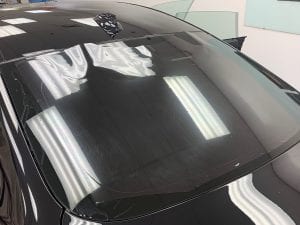 Because of how widely-accepted window tinting has become, most states have legalized some sort of window tinting within their locality provided that drivers follow the limitations they have placed for tinted windows. So in order to avoid the inconvenience of being pulled over and receiving a ticket, you need to ensure that your tinting, no matter which window it may be on, follows your locality’s regulations.
Because of how widely-accepted window tinting has become, most states have legalized some sort of window tinting within their locality provided that drivers follow the limitations they have placed for tinted windows. So in order to avoid the inconvenience of being pulled over and receiving a ticket, you need to ensure that your tinting, no matter which window it may be on, follows your locality’s regulations.
Check out the different Visible Light Transmission (VLT Percentage) requirements for different window tinting and follow them.
What kind of tech do films have?
The tech is amazing these days. You can press a button on your phone and 30 minutes later, someone shows up at your door to bring you something — food, beer, a ride to the party. Window tint has technology too. Not “I can post to Instagram by tapping my windshield” tech (yet), but important technology nonetheless.
Tinting offers protection from UV rays that help make your car literally cool by reflecting the heat, so you can ease up on the gas-guzzling air conditioner. Another one of the common benefits of tinting is glare-reduction, a common issue for Arizona drivers. Some tints offer precision machine-cutting to ensure your tinting is perfectly placed on your car windows.
And if you are wondering what other benefits do tinted windshields have, some even offer protection from glass shattering during an attempted theft, or from those rotten neighborhood teenagers pelting your car with a rock. The same shatter-resistance feature can also protect you during unfortunate accidents.
Does window tinting affect your insurance?
In most cases, tinted side windows do not affect your vehicle’s insurance but it’s best that you update your insurer regarding any major modification.
Depending on whether your window tint follows local laws, insurers won’t hike up your rates. But if you’ve modified your vehicle in any significant way, you need to update your insurance providers about this.
To ensure that your tinted windows don’t affect your insurance in any way whatsoever, make sure that you’re complying to your local tint law. If your tinted windows defy your local tinting laws, it might affect your rates or even void your policy altogether.
Do window tints have a warranty?
Depending on your tint provider, most tints do come with a guarantee!
The longevity of these guarantees depends on the material of your tint and your provider as well. Most ready-to-install films, commonly known as tint kits, don’t come with warranties. Should anything happen to them during your use, there’s not much that you could actually do about them. But if you go to a tint shop like Smartfilm, your installer is more likely to provide you with an installation guarantee!
How durable are window tints?
 Depending on the kind of tint you’ll be purchasing, tints are generally scratch resistant. The only damage you need to think about is the daily smudges from day-to-day use that you might need to use.
Depending on the kind of tint you’ll be purchasing, tints are generally scratch resistant. The only damage you need to think about is the daily smudges from day-to-day use that you might need to use.
Window tints with great scratch-resistant features do an excellent job in keeping your film great looking, meaning it keeps everything protected from scratches brought about by kids and or pets. And like we’ve mentioned earlier, how easy can a tint be torn depends on its material. It is still possible for most films to be torn especially with a sharp or hard object around it, that’s why most installers provide new owners with a set of guidelines they need to follow to preserve their films.
Contact Us for More Info
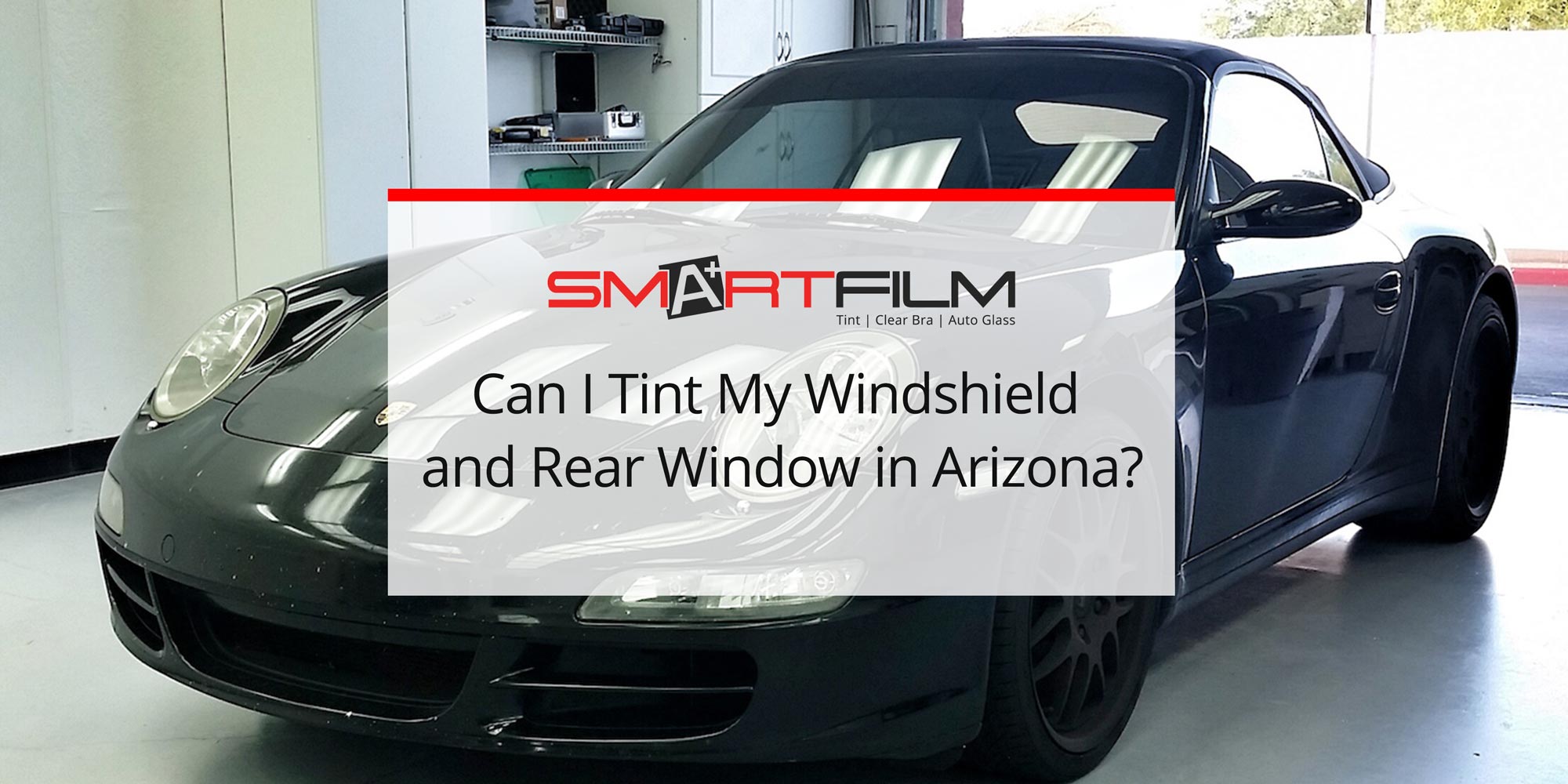
 Depending on the kind of tint you’ll be purchasing, tints are generally scratch resistant. The only damage you need to think about is the daily smudges from day-to-day use that you might need to use.
Depending on the kind of tint you’ll be purchasing, tints are generally scratch resistant. The only damage you need to think about is the daily smudges from day-to-day use that you might need to use. 